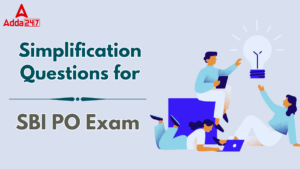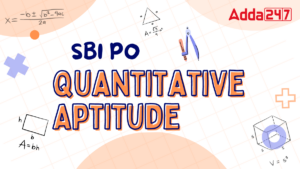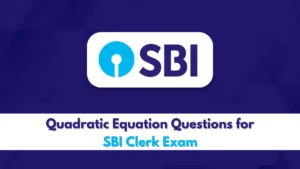Study the pie-chart carefully to answer the following questions.
Note: Some data are in percentage value and some are in total absolute value. Total medals include gold, silver and bronze and each country has won all the three medals.
Q1. If ratio of gold medals, silver medals and bronze medals won by India is 13 : 10 : 10 then find the number of gold medals won by India.
(a) 30
(b) 32
(c) 26
(d) 40
(e) 45
Q2. If number of gold medals won by Canada is 65½% less than number of silver medals won by the same country then what is the total number of silver medals won by Canada?
(a) 45
(b) 27
(c) 40
(d) can’t be determined
(e) 62
Q3. Find the average number of medals won by Australia, England and India together.
(a) 400/3
(b) 200/3
(c) 500/3
(d) 400/9
(e) 100/3
Q4. If number of gold medals who by South Africa is 1300/11% of number of silver medals won by it and number of bronze medals won by South Africa is equal to the number of gold medals won by it then what is the number of gold medals won by South Africa?
(a) 15
(b) 11
(c) 13
(d) 17
(e) 19
Q6. A thief steals a car at 2.30 pm and drives it at 60 kmph. The theft is observed at 3 pm and the owner sets off in another car at 75 kmph. When will he overtake the thief?
(a) 6:00 pm
(b) 5:30 pm
(c) 5:00 pm
(d) 6:30 pm
(e) 4:30 pm
Q7. A train overtakes two persons walking along a railway track. The first one walks at 4.5 kmph. The other one walks at 5.4 kmph. The train needs 8.4 and 8.5 seconds respectively to overtake them. What is the speed of the train if both the persons are walking in the same direction as the train?
(a) 66 kmph
(b) 72 kmph
(c) 78 kmph
(d) 81 kmph
(e) 91 kmph
Q8. Nine persons went to a hotel for taking their meals. Eight of them spent Rs. 12 each over their meals and the ninth spent Rs. 8 more than the average expending of all the nine. Total money spent by them was:
(a) 104
(b) 105
(c) 116
(d) 117
(e) 119
Q9. A jar was full with honey. A person to drawn out 20% of the honey from the jar and replaced it with sugar solution. He done the same process 4 times and thus there was only 512 gm of honey left in the jar, the rest part of the jar was filled with the sugar solution. The initial amount of honey in the jar was:
(a) 1.25 kg
(b) 1 kg
(c) 1.5 kg
(d) 2.4 kg
(e) 3.6 kg
Q10. The ratio of milk to water in three containers of equal capacity is 3 : 2, 7 : 3 and 11 : 4 respectively the three containers are mixed together. What is the ratio of water to milk in final mixture.
(a) 38 : 17
(b) 21 : 11
(c) 61 : 29
(d) 29 : 61
(e) 11 : 21
Directions (11-15): Find the approximate value of the following questions.
Q11. 424.99 × 23.95 ÷ 8.05 =?
(a) 1300
(b) 1225
(c) 1325
(d) 1275
(e) 1375
Q12. 25.05 × 123.95 + 388.999 × 15.001 =?
(a) 9000
(b) 8950
(c) 8935
(d) 8975
(e) 8995
Q13. 561 ÷ 35.05 × 19.99 =?
(a) 320
(b) 330
(c) 315
(d) 325
(e) 335
Q14. √625.04 × 16.96 + 136.001 ÷ 17 =?
(a) 418
(b) 441
(c) 425
(d) 433
(e) 546
Q15. 32.05% of 259.99 =?
(a) 92
(b) 88
(c) 78
(d) 90
(e) 83






 Simplification Questions for SBI PO Exam
Simplification Questions for SBI PO Exam
 SBI PO Quantitative Aptitude 2025, Impor...
SBI PO Quantitative Aptitude 2025, Impor...
 Quadratic Equation Questions for SBI Cle...
Quadratic Equation Questions for SBI Cle...





